EPA reverses approval for 'cyanide bombs' used to kill wildlife
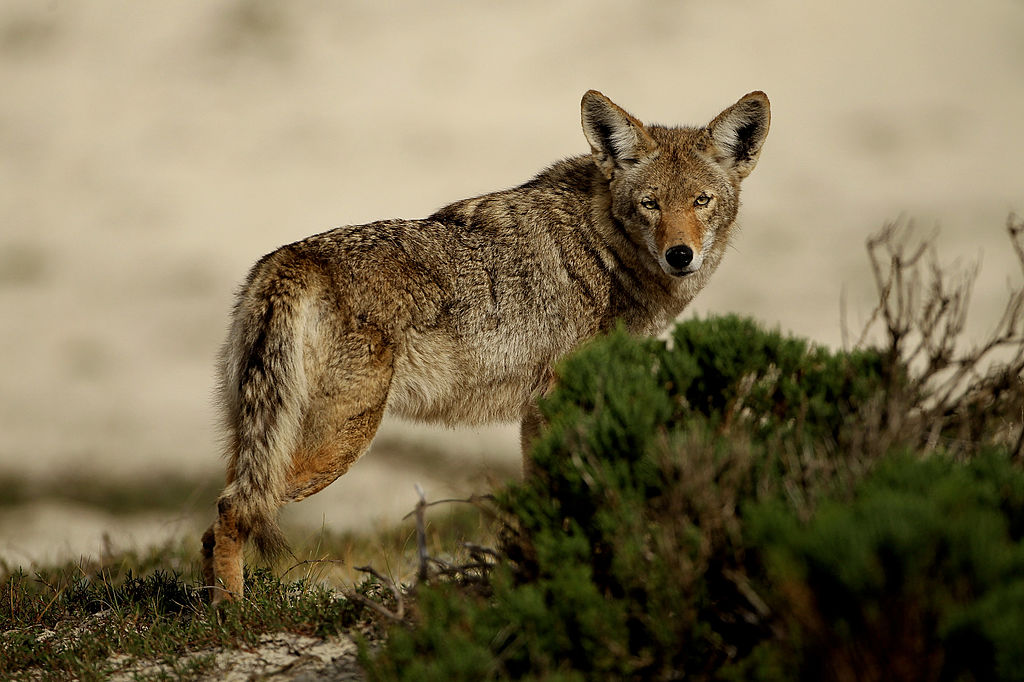

In a surprising reversal, the Environmental Protection Agency announced on Thursday it is walking back a recent decision to reauthorize use of M-44s, also known as "cyanide bombs," to kill coyotes, foxes, and other wild animals.
M-44s are spring-loaded traps filled with sodium cyanide, which Wildlife Services officials use when they kill animals for ranchers and farmers. Last year, the federal agency killed more than 1.5 million animals, with about 6,500 dying because of M-44s. These traps have also killed pets and injured people who stumbled upon them.
Last week, the EPA said on an interim basis, Wildlife Services would be able to use the traps again, but after public outcry, EPA Administrator Andrew Wheeler announced Thursday the "withdrawal of EPA's interim registration decision on sodium cyanide," adding that the issue "warrants further analysis and additional discussions by EPA with the registrants of this predacide."
The Week
Escape your echo chamber. Get the facts behind the news, plus analysis from multiple perspectives.

Sign up for The Week's Free Newsletters
From our morning news briefing to a weekly Good News Newsletter, get the best of The Week delivered directly to your inbox.
From our morning news briefing to a weekly Good News Newsletter, get the best of The Week delivered directly to your inbox.
The news relieved environmental groups. Predator Defense Executive Director Brooks Fahy said in a statement that it's obvious "somebody at EPA is paying attention to the public's concerns about cyanide bombs. ... Our phone has been ringing off the hook from concerned citizens regarding their greenlight to continue using these horrific devices. We'll have to see how this plays out."
A free daily email with the biggest news stories of the day – and the best features from TheWeek.com
Catherine Garcia has worked as a senior writer at The Week since 2014. Her writing and reporting have appeared in Entertainment Weekly, The New York Times, Wirecutter, NBC News and "The Book of Jezebel," among others. She's a graduate of the University of Redlands and the Columbia University Graduate School of Journalism.
-
 Normalising relations with the Taliban in Afghanistan
Normalising relations with the Taliban in AfghanistanThe Explainer The regime is coming in from the diplomatic cold, as countries lose hope of armed opposition and seek cooperation on counterterrorism, counter-narcotics and deportation of immigrants
-
 Best poetry books of 2025
Best poetry books of 2025The Week Recommends Magnificent collections from Luke Kennard, Leo Boix and Isabelle Baafi
-
 11 extra-special holiday gifts for everyone on your list
11 extra-special holiday gifts for everyone on your listThe Week Recommends Jingle their bells with the right present
-
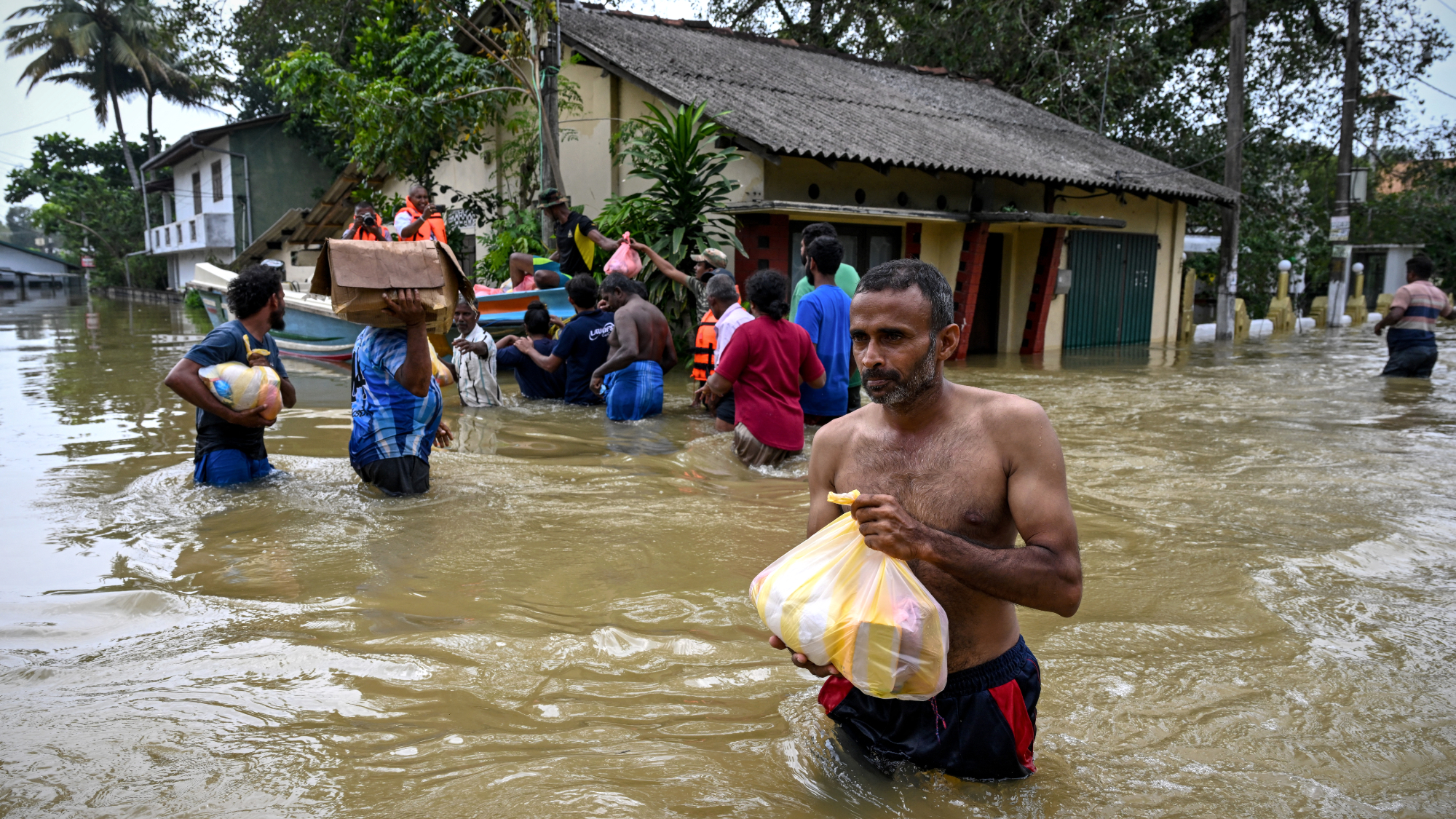 Death toll from Southeast Asia storms tops 1,000
Death toll from Southeast Asia storms tops 1,000speed read Catastrophic floods and landslides have struck Sri Lanka, Indonesia, Thailand and Malaysia
-
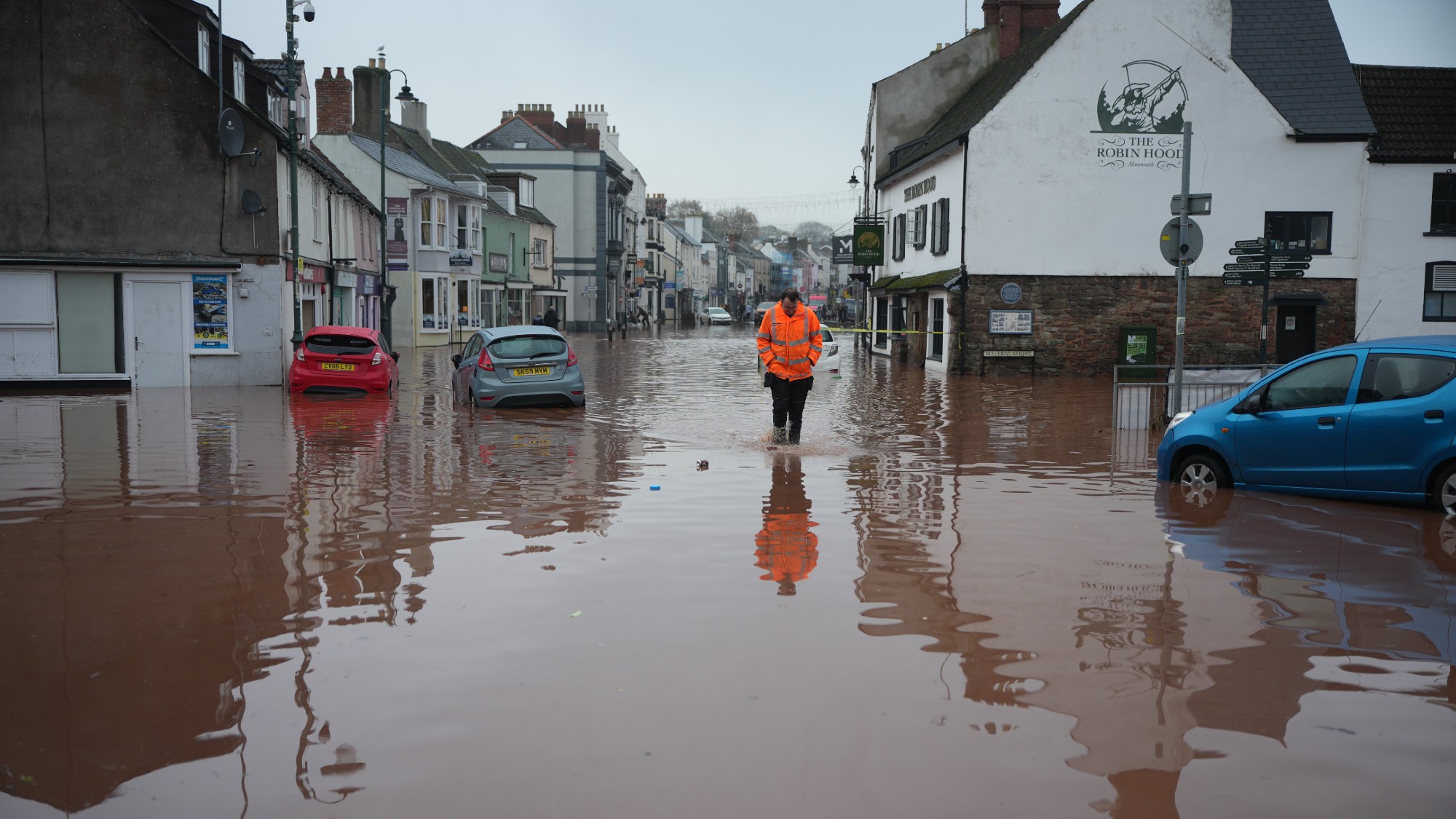 How will climate change affect the UK?
How will climate change affect the UK?The Explainer Met Office projections show the UK getting substantially warmer and wetter – with more extreme weather events
-
 The Southern Ocean is holding in a ‘burp’
The Southern Ocean is holding in a ‘burp’Under the radar The heat from the past can affect the future
-
 Builders return to the stone age
Builders return to the stone ageUnder the Radar With brick building becoming ‘increasingly unsustainable’, could a reversion to stone be the future?
-
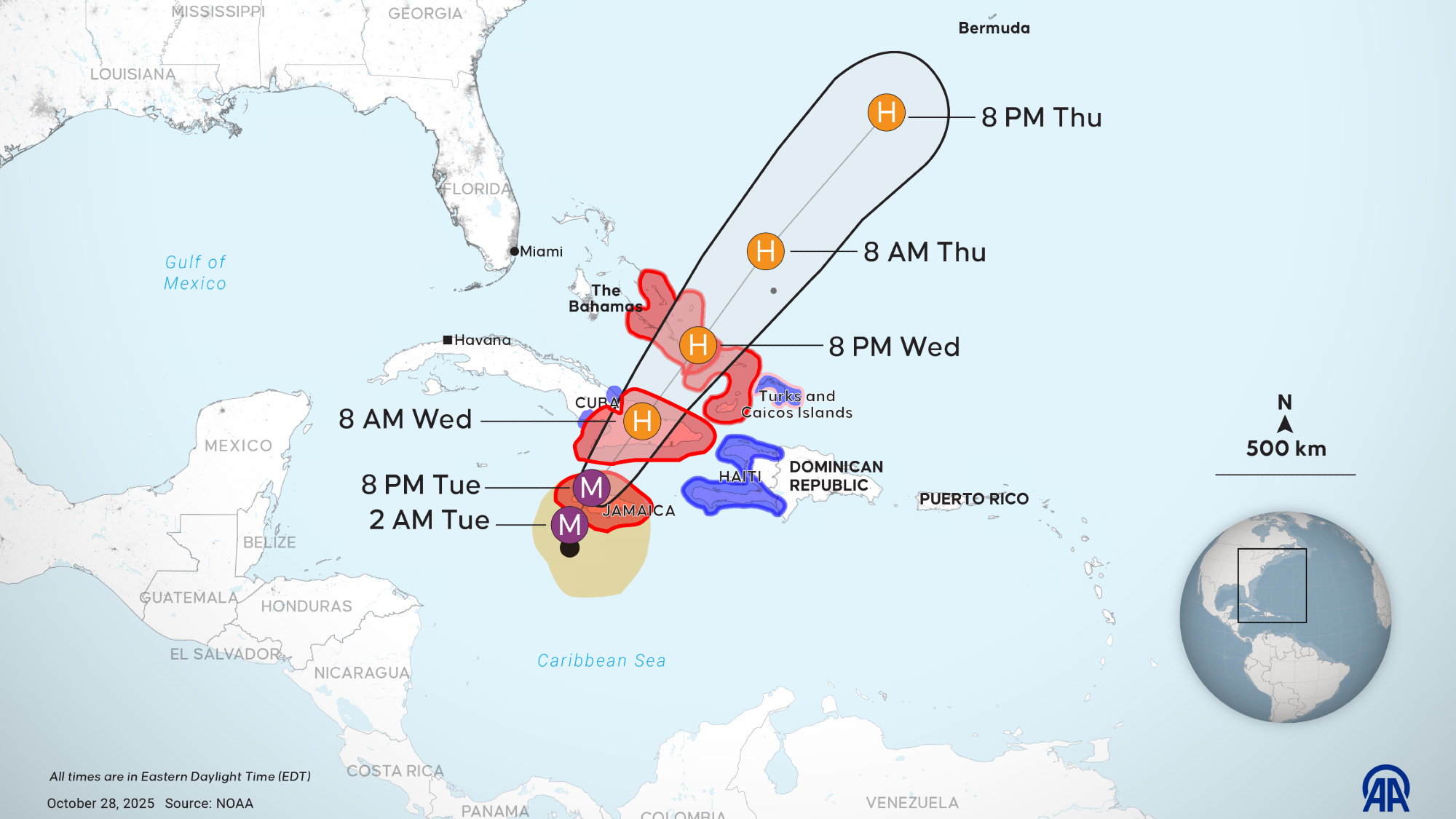 Hurricane Melissa slams Jamaica as Category 5 storm
Hurricane Melissa slams Jamaica as Category 5 stormSpeed Read The year’s most powerful storm is also expected to be the strongest ever recorded in Jamaica
-
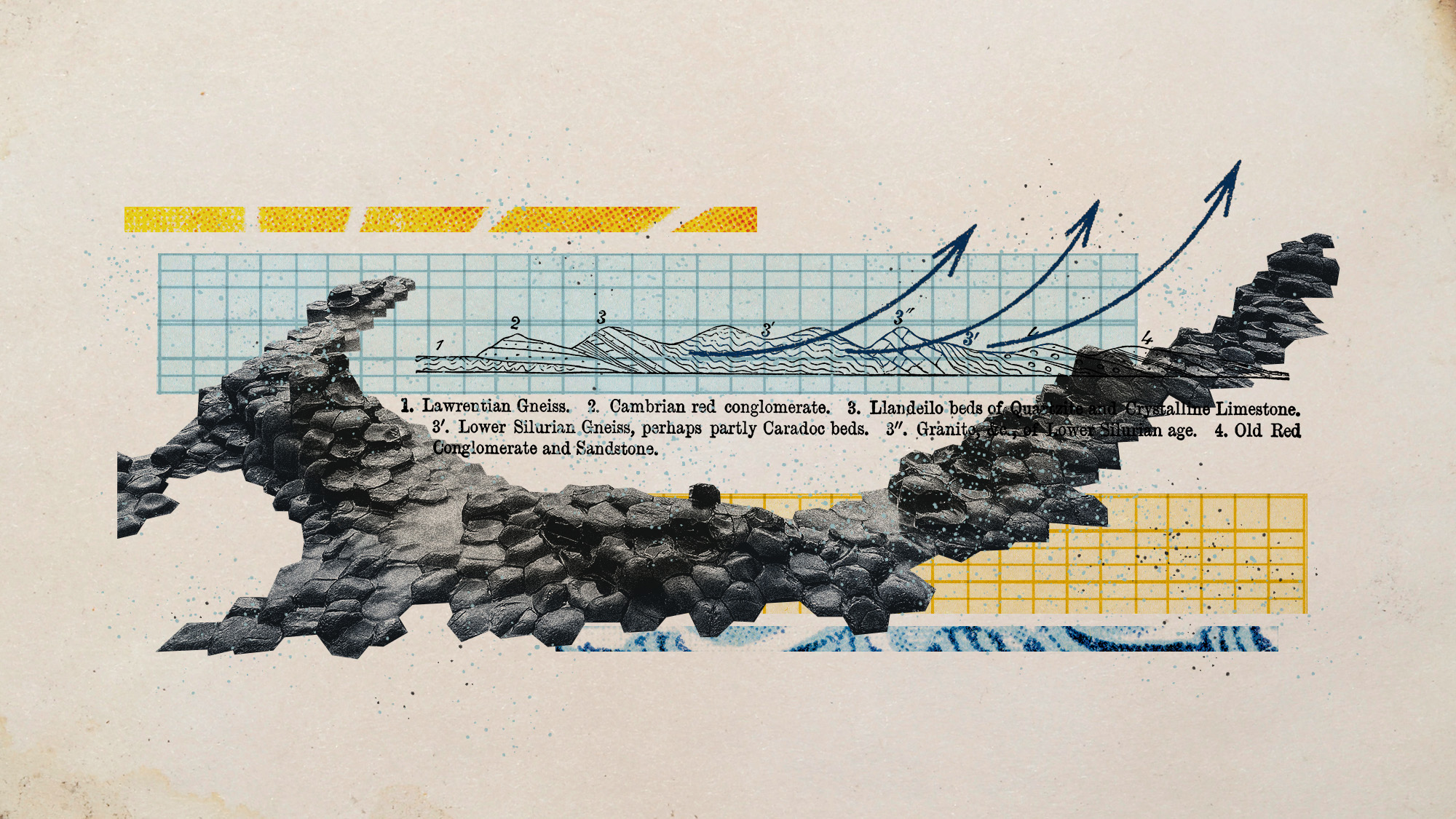 Scientists want to use enhanced rock weathering to cool the Earth
Scientists want to use enhanced rock weathering to cool the EarthUnder the radar Rock dust could trap atmospheric carbon
-
 Renewables top coal as Trump seeks reversal
Renewables top coal as Trump seeks reversalSpeed Read For the first time, renewable energy sources generated more power than coal, said a new report
-
 China vows first emissions cut, sidelining US
China vows first emissions cut, sidelining USSpeed Read The US, the world’s No. 2 emitter, did not attend the New York summit
